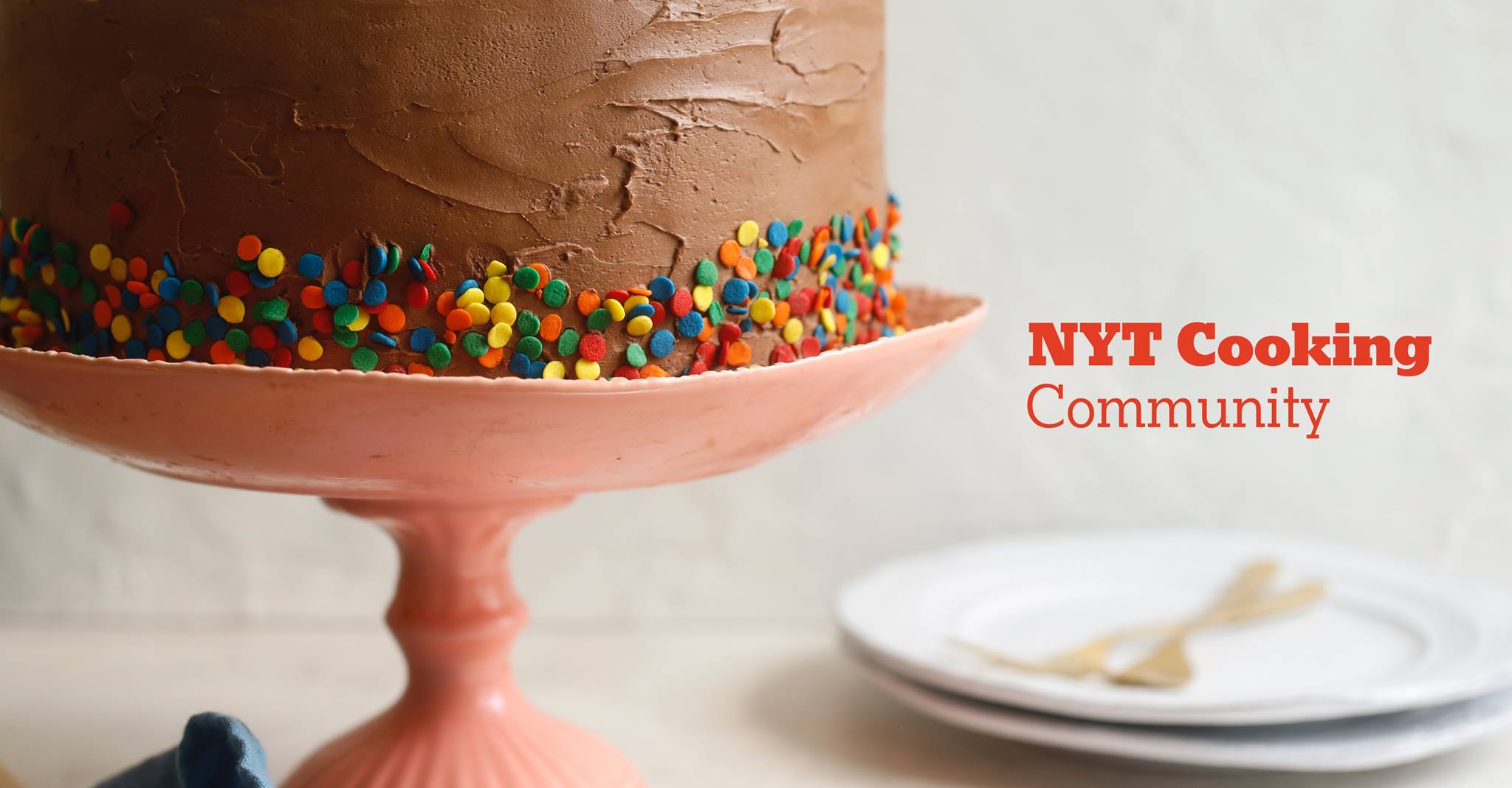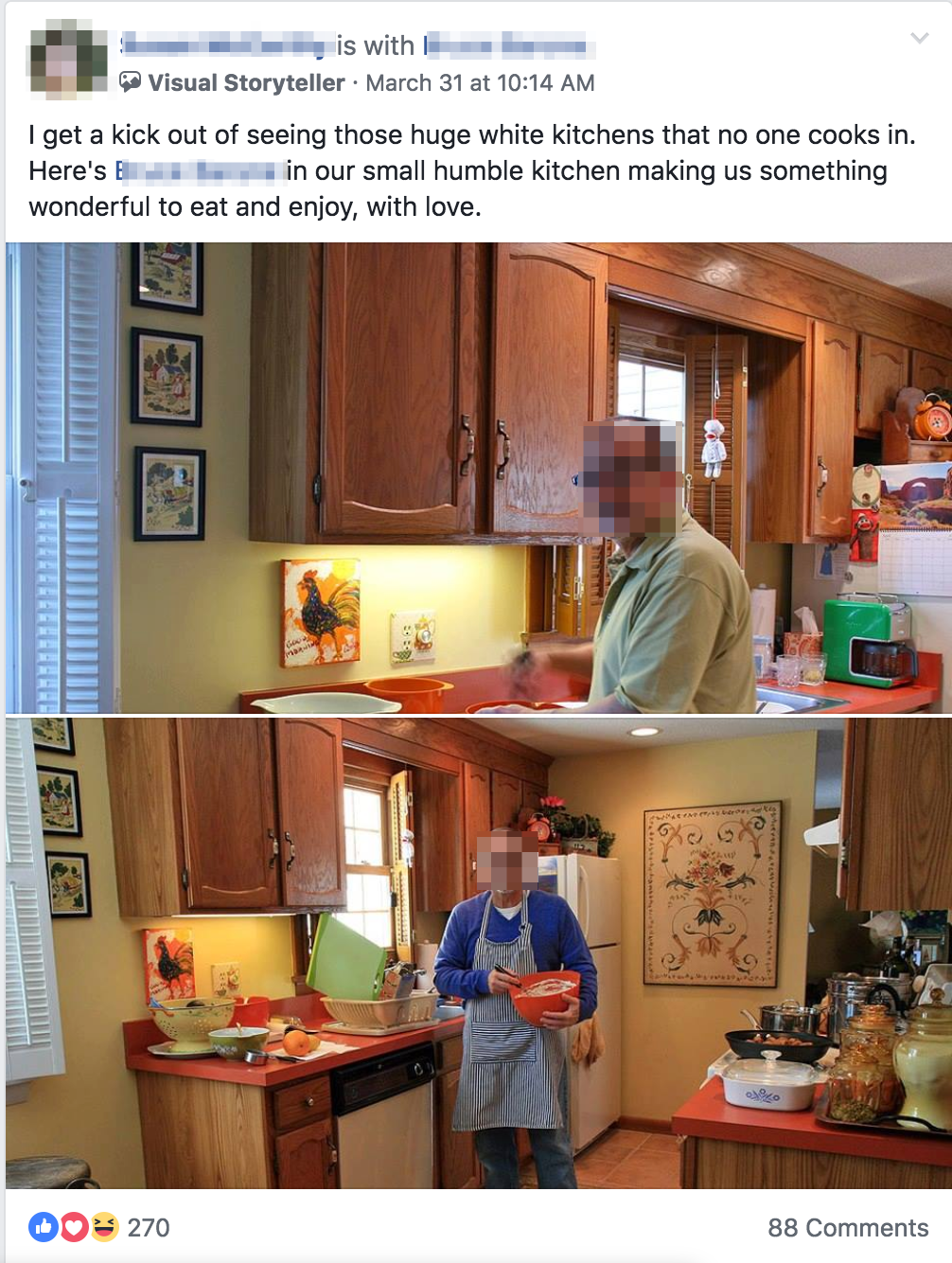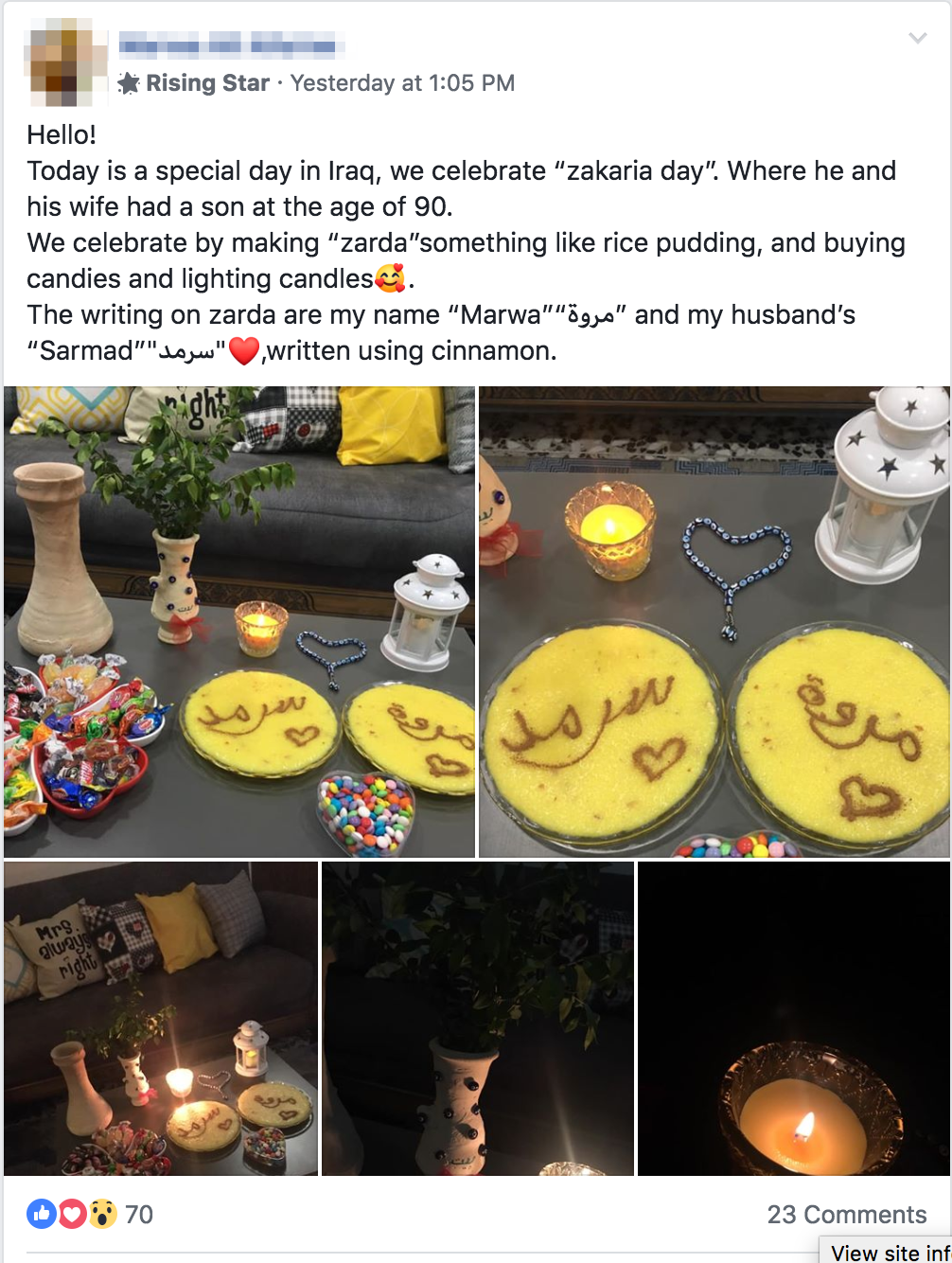
Food Instagram can be delicious and inspiring, but it’s also a little in-your-face. Sometimes a person has had enough of the Instagram flat lay food photography and 😍 and 😋 and 🔥. Sometimes a person would like to go to a slightly calmer and homier corner of the food internet, where there are more dogs (just regular dogs, not celebrity dogs) and tea towels and a lot less “yasssss.”
If you are this person, allow me to recommend The New York Times’ NYT Cooking Community Facebook group — which in its first couple months of existence has attracted nearly 8,000 members, and which is, in the words of NYT Cooking social media editor Kiera Wright-Ruiz, “the happy corner of the internet. Everyone’s so nice to each other, and so encouraging, it feels like one long episode of The Great British Baking Show, 24 hours a day.”
The Facebook group is the latest iteration of NYT Cooking, which launched as a standalone paid app in 2017. It costs $40 per year on its own, and is included with a Times All Access digital subscription. The standalone product had 120,000 subscribers as of Q3 2018.For me, hanging out in NYT Cooking Community feels pleasantly similar to spending time in the kitchen of my best high school friend’s parents’ house. In one ongoing thread, group members share photos of their kitchens, which run the gamut from Pinterest-level swoon-worthy to cracked vinyl floors and peeling laminate counters, but they all get nice comments. There are wooden roosters and clocks and cats and sweetly dorky photos of boomers wearing aprons and smiling in front of roast chickens. Scrolling through, a feeling of deep coziness settled upon me: So this is what it’ll be like when my kids grow up and move out.

The Times certainly isn’t alone among news organizations in turning to community Facebook groups as a way to build audience engagement, as the News Feed algorithm remains fickle. The company has four other Facebook groups, all launched over the last couple years.
“The mission of the Times is to help our audience understand the world around them,” said Emily Fleischaker, the enterprise strategy editor for NYT Cooking. “But the mission for this Facebook group is the flip of that: To help understand our audience better, to learn about what recipes they’re most excited to cook and take pictures with, what those pictures look like, how they’re plating the recipes. There are comments on Instagram and on our website, but there’s a really different feeling here — a feeling of [audience] ownership over the conversation.”
Eighty-four percent of the group’s members are female, and the majority are between the ages of 55 and 64, followed by people aged 45 to 54. The least-represented demographic is 18- to 24-year-olds. By contrast, most of the people who follow the NYT Cooking Instagram account are between the ages of 25 and 34 (next: 35 to 44 and 18 to 24). The Facebook group essentially picks up where the Instagram account leaves off.

The recent ongoing thread where readers post pictures of their kitchens, for instance, isn’t just fun to follow: It gives Times editors insight into the environments readers are cooking in, which is helpful for future content and recipe development. “It’s useful to us to see what people keep on their counters. Do they have their pots and pans hanging or tucked away? It’s a neat window into their lives,” Fleischaker said. “We’re also learning the level of cooking ability, which is a big range, but I have been surprised by the ambition and the really impressive ability of the group members to execute these recipes and make them look so beautiful.” Wright-Ruiz taps group members for feedback about what they’d like to see on the site and brings the feedback to monthly idea meetings; the Times can then incorporate it into future coverage. (Recent requests: A wider variety of foods from different cultures, more sustainable seafood recipes, tips on cooking for people with dietary restrictions.)
“One of my favorite members is José,” Wright-Ruiz said. “He has a really cute corgi named Winston, who has his own fanbase in the group now. I just connected with him on Messenger because I’m going to send him a little dog bandanna, to thank him for his contributions to the group.”

Next up: Special programming for the group via the Times’ food columnists and its access to other experts. Melissa Clark came and did a Q&A on the air fryer last week, for instance; future events might include sessions on knife-sharpening or gluten-free baking. “This differentiates us from other food Facebook groups,” Wright-Ruiz said. “We have a wealth of experts.
Moderating the group hasn’t been particularly onerous, but the admins do occasionally have to remind group members that Times recipes are paywalled.
No Copy/Pasting or Screenshots of Full NYT Recipes. It would be great to be able to give you recipes for free. We cannot. We test them relentlessly. The work we do is expensive, and we want to do more. We ask that you pay to access them.
Overall, though, “everyone self-regulates,” Wright-Ruiz said. “Someone will ask, like, ‘Should I pay for a New York Times subscription?’ and people are such brand advocates for us, because it really is a group of people that loves cooking and loves The New York Times.”
They love it enough, in fact, that recently, when one group member posted that she couldn’t afford a subscription to NYT Cooking, another member responded: “Hey [X], I LOVE that you LOVE cooking so much. The first year of your NYT cooking subscription is on me. I just purchased a gift subscription for you. DM me for the deets. Promise to make something delicious and post it here for us all to drool over. Happy Cooking!!!”
That response drew 21 loves, 21 likes, and one “wow” reaction.
“What a lovely thing to do,” another group member responded. “May all of your soufflés reach the moon!”